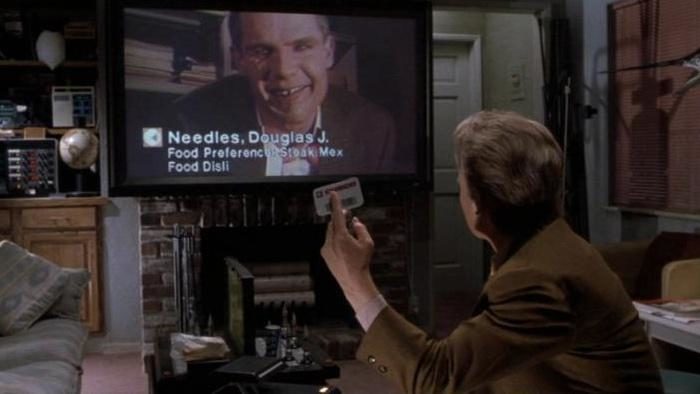This is a partnered guest post with StudyGate.
If you want to read how technology has changed education, you’re going to be a little disappointed. I’m not going to lie to you… In the most important areas, technology HASN’T changed education. Most students still learn in a classroom with a single teacher. That’s exactly like students have already been doing since the 19th century.

No matter what the century, you have the same job to acquire critical thinking skills as a student to solve real-world problems as a professional. That’s the point of education. You might think to yourself: But isn’t technology dramatically changing the way we access information? And of course you would be correct. Keep reading..
How Has Technology Changed Education
Technology can actually make learning easier. I’ll show you two tech apps educators use to upgrade their impact.
Do Clickers Actually Help Teachers?
If you watched Who Wants to Be a Millionaire in the 2000s, you’re already familiar with clickers. Contestants can poll the audience for help when they get stuck on a question.
The result? A clear answer and confidence for moving forward.
But clickers aren’t just great for game shows! They also help professors teach better during lectures. Top Hat allows students to give real-time feedback using apps on their phones when professors ask a question. For example, imagine if this physics question were put up on a screen.

Students answer the question. The professor can then see if students know the correct answer and start querying them to see if they understand why. If they get it wrong, the professor can immediately clear up the confusion.
Wait…E-commerce works for learning?!
There’s a scene in Back to the Future 2 where Marty McFly communicates with Needles using a screen that reminds all of us of Skype. Needles’ bio flashes across the screen as the two characters chat. He likes jogging, tennis, and works for a company in systems operations.

Why is this important? Remote communication has led to a revolution allowing people to collaborate with others from anywhere. We all have Internet identities now. StudyGate allows students to connect with verified tutors for help studying before exams, subject mastery, and homework challenges. The tutor can see the question the student is struggling with in their programming homework and take immediate action to assist.
So what does all of this mean?
At the risk of answering a question with a question, we should ask ourselves: What kinds of experiences promote the thinking that is required for learning?
Here’s the deal: Apps like Top Hat improves the quality of the educational experience since teachers can understand the students’ point of view more clearly and respond appropriately.
Platforms like StudyGate improves the quality of the student’s education since the learning can happen with a true subject expert at the exact moment of need. Each teaching process helps education evolve. That’s because a teacher’s job is to inspire students and give them a social context for mastering content.
So if you’re expecting an education revolution through technology, you might be disappointed. Technology isn’t going to change the fundamental job of teachers to help students develop critical thinking skills and solve problems. But technology CAN help teachers understand and connect with their student’s better.
Conclusion
So that’s my answer to how technology changes education. Now I want to turn it over to you: what do you think the role of technology is in learning? Or maybe there’s something I missed. Let me know by leaving a comment below.
You’ve made it to the end. Well done!
About the Author
Jacob is the learning-obsessed co-founder of StudyGate, a tutoring platform for college students trying to get through Gen Eds and pass their STEM classes. Why so obsessed? Well his skills on the saxophone have nothing to do with it (OK maybe a little). It’s because StudyGate provides insanely practical help that students can use to start getting better grades.